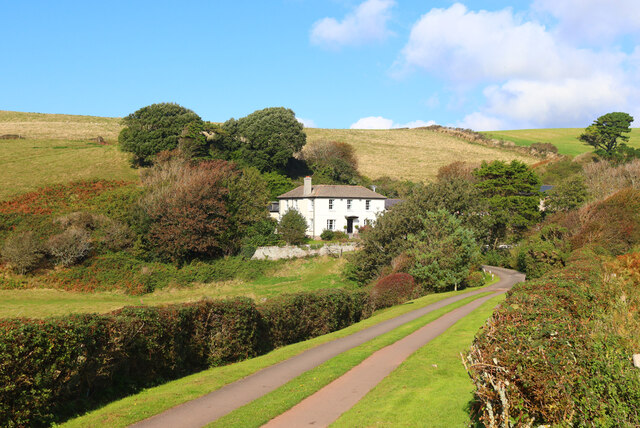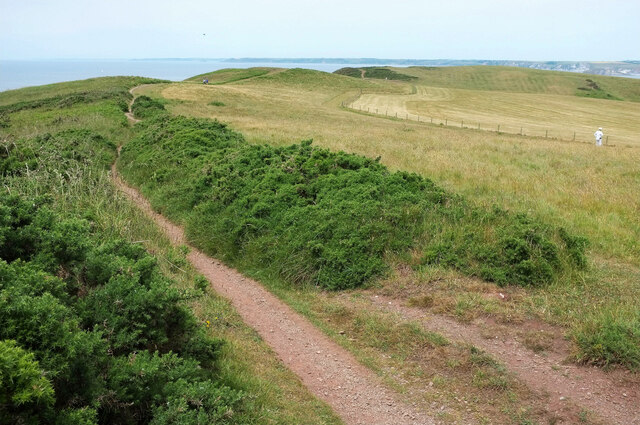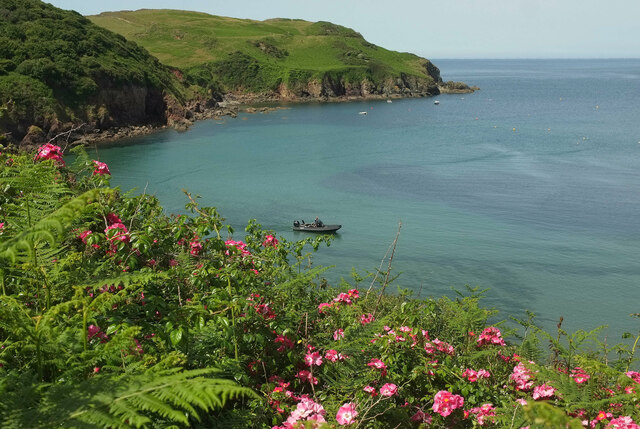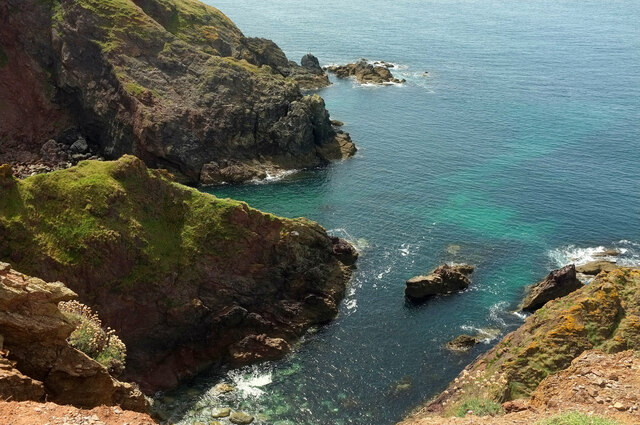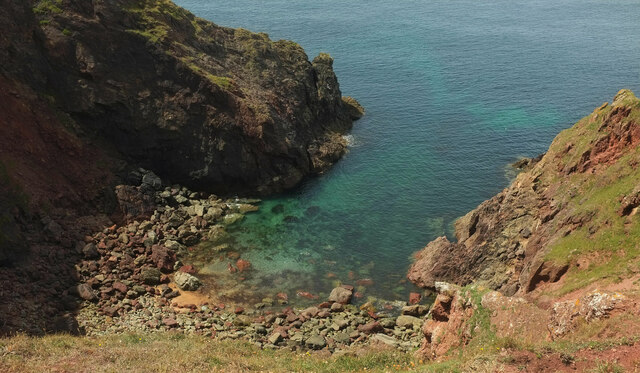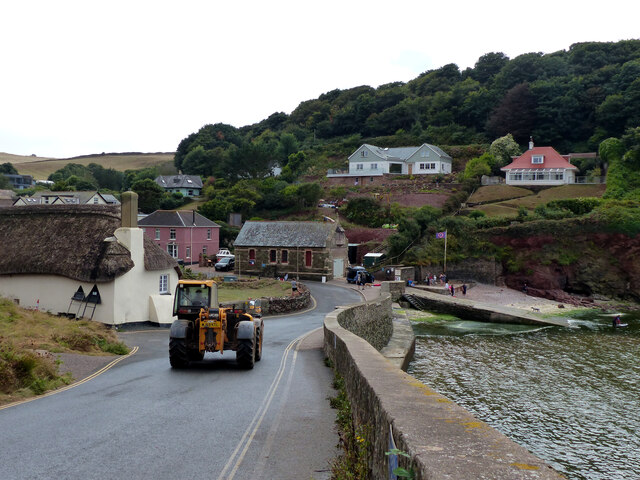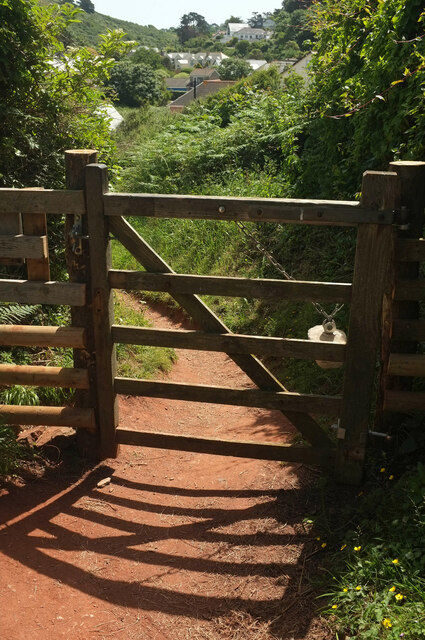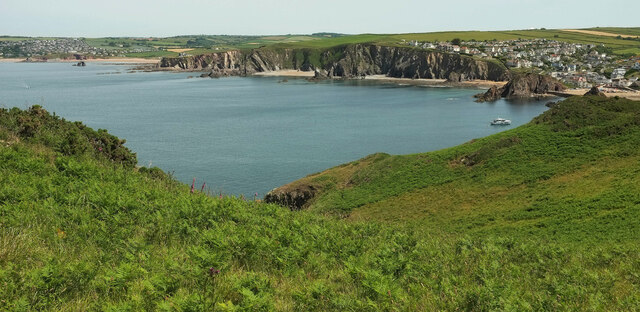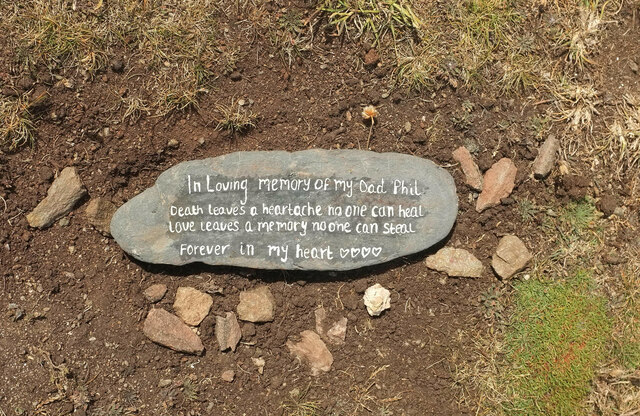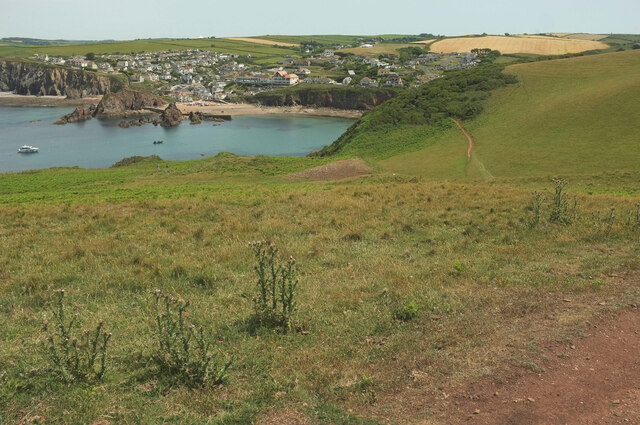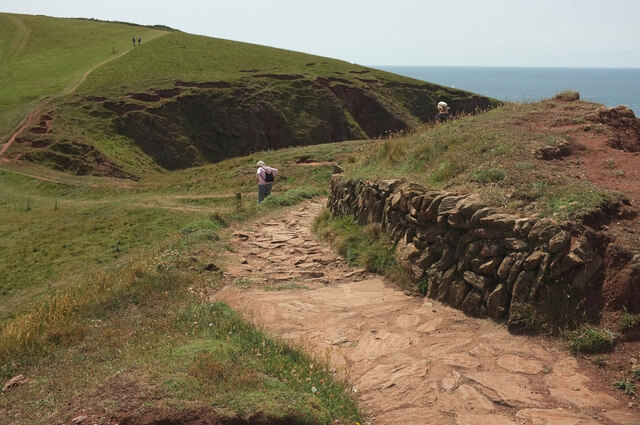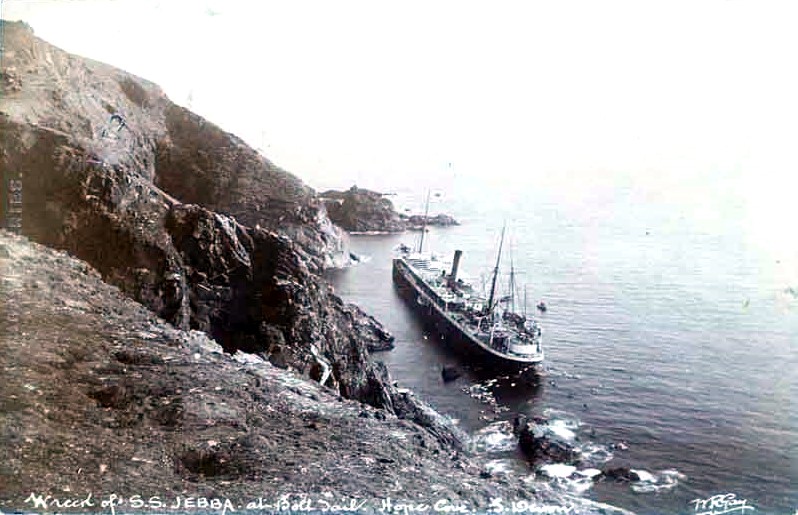Bury Stone
Island in Devon
England
Bury Stone

Bury Stone is a small island located off the coast of Devon, England. It is situated in the English Channel, approximately 2.5 kilometers southwest of the town of Dartmouth. The island measures around 300 meters long and 150 meters wide, with a total area of approximately 3.5 hectares.
The island is known for its unique geological formations, particularly the large granite outcrop that gives it its name. The Bury Stone is a prominent feature of the island, rising to a height of around 20 meters above sea level. It is a popular destination for rock climbers and hikers, offering stunning views of the surrounding coastline.
Bury Stone Island is privately owned, and access is restricted to maintain its natural environment. The island is covered in a variety of vegetation, including grasses, heather, and some small trees. It provides a habitat for a range of bird species, making it a popular spot for birdwatchers.
Due to its secluded location, Bury Stone Island has a rich history of smuggling activities. During the 18th and 19th centuries, the island was a frequent landing point for contraband goods. Today, remnants of these smuggling activities can still be seen, with hidden caves and tunnels dotted around the island.
Although not accessible to the general public, Bury Stone Island remains an intriguing and picturesque location, cherished by nature enthusiasts and history buffs alike. Its rugged landscape and hidden treasures make it a truly unique and captivating destination in the Devonshire coast.
If you have any feedback on the listing, please let us know in the comments section below.
Bury Stone Images
Images are sourced within 2km of 50.242479/-3.8709587 or Grid Reference SX6639. Thanks to Geograph Open Source API. All images are credited.
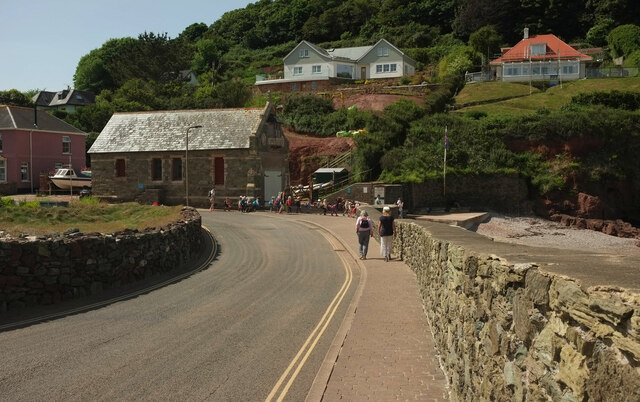
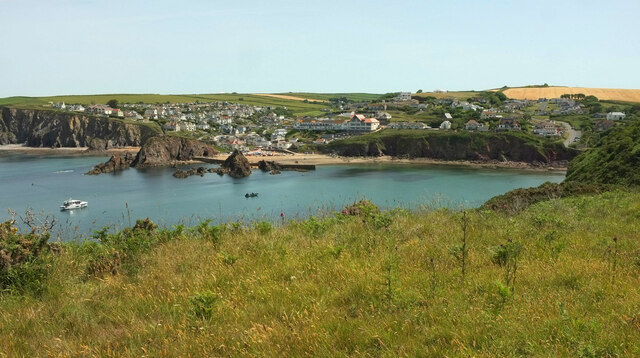
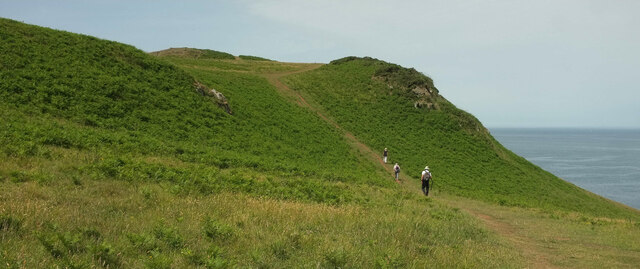
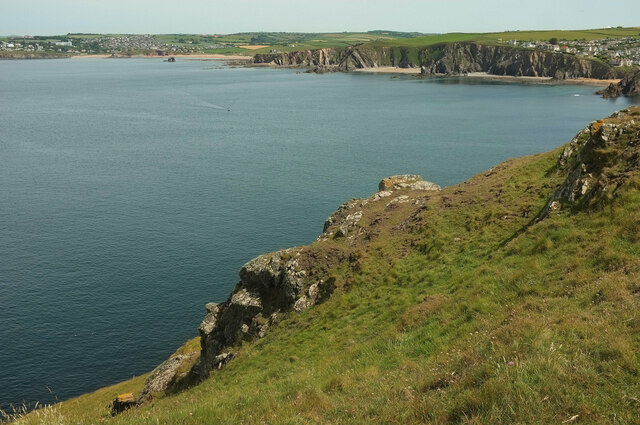
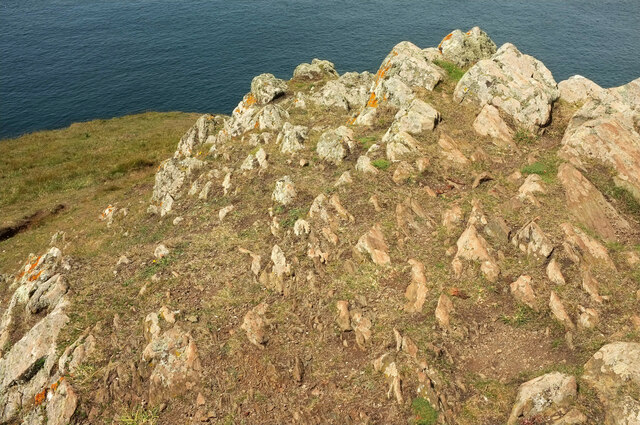
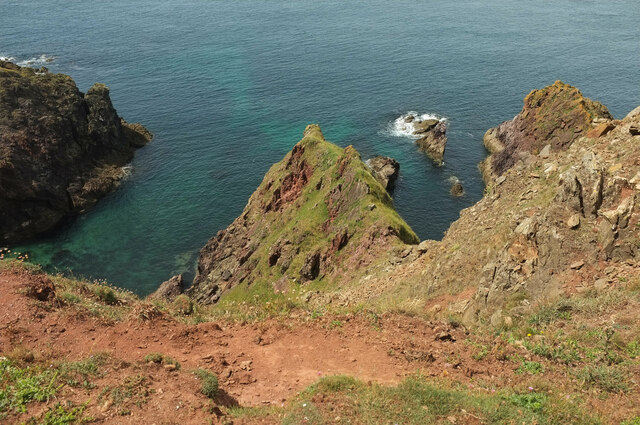
Bury Stone is located at Grid Ref: SX6639 (Lat: 50.242479, Lng: -3.8709587)
Administrative County: Devon
Police Authority: Devon and Cornwall
What 3 Words
///splendid.bronzer.anguished. Near Salcombe, Devon
Nearby Locations
Related Wikis
SS Jebba
SS Jebba was a steamship that was built in Middlesbrough in 1896 and wrecked on the south coast of Devon in 1907. She was launched as Albertville for the...
Bolt Tail
Bolt Tail is a headland in Devon, England, immediately to the southwest of Hope Cove in the South Hams district, at grid reference SX670397. Bolt Tail...
Hope Cove
Hope Cove is a small seaside village within the civil parish of South Huish in South Hams District, Devon, England. It is located 5 miles (8.0 km) west...
Hope Cove Life Boat
Hope Cove Life Boat (based in Hope Cove, Devon) was formed in 1878 and is a voluntary search and rescue service that operates an inshore rescue boat in...
SS Louis Sheid
SS Louis Sheid was a 6,057 ton Belgian steamer that ran aground off Devon after escaping U-47 following the rescue of the captain and crew of the freighter...
Bolberry Down
Bolberry Down is a clifftop area on the coast of Devon, England. The headland of Bolt Tail lies to the west and Bolt Head and the town of Salcombe to the...
Galmpton, South Hams
Galmpton is a small hamlet near Thurlestone, Devon, England. It is in the South Hams district and is five miles west of Salcombe. In 1870-72 Galmpton had...
South Milton Ley
South Milton Ley (grid reference SX685422) is a 162,000 square metres (40 acres) wetland in the South Hams, Devon, England. It was notified as a Site of...
Nearby Amenities
Located within 500m of 50.242479,-3.8709587Have you been to Bury Stone?
Leave your review of Bury Stone below (or comments, questions and feedback).
